How AI and Blockchain Safeguard Creativity
In today's digital landscape, protecting intellectual property is more challenging than ever. Discover how the powerful combination of AI and blockchain technology is revolutionizing creative rights management.
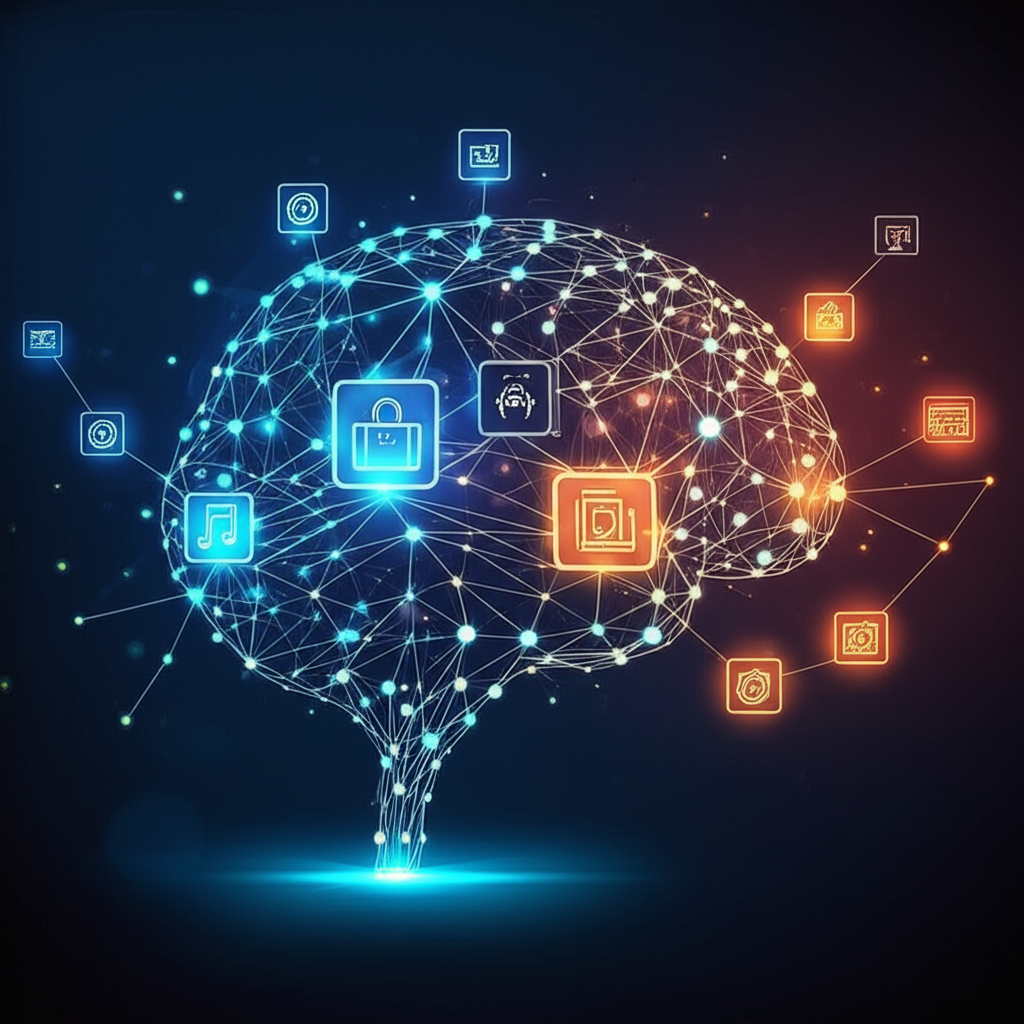
In today's world, where digital content creation is booming, the intersection of AI and blockchain offers an unprecedented opportunity to protect intellectual property (IP). However, with this evolution, challenges like plagiarism, unauthorized use, and legal disputes over content ownership have become increasingly prominent. Let's explore how AI-powered platforms like MYREELDREAM leverage blockchain technology to safeguard creativity and establish trust.
Litigation Examples: The Cost of Unprotected Creativity
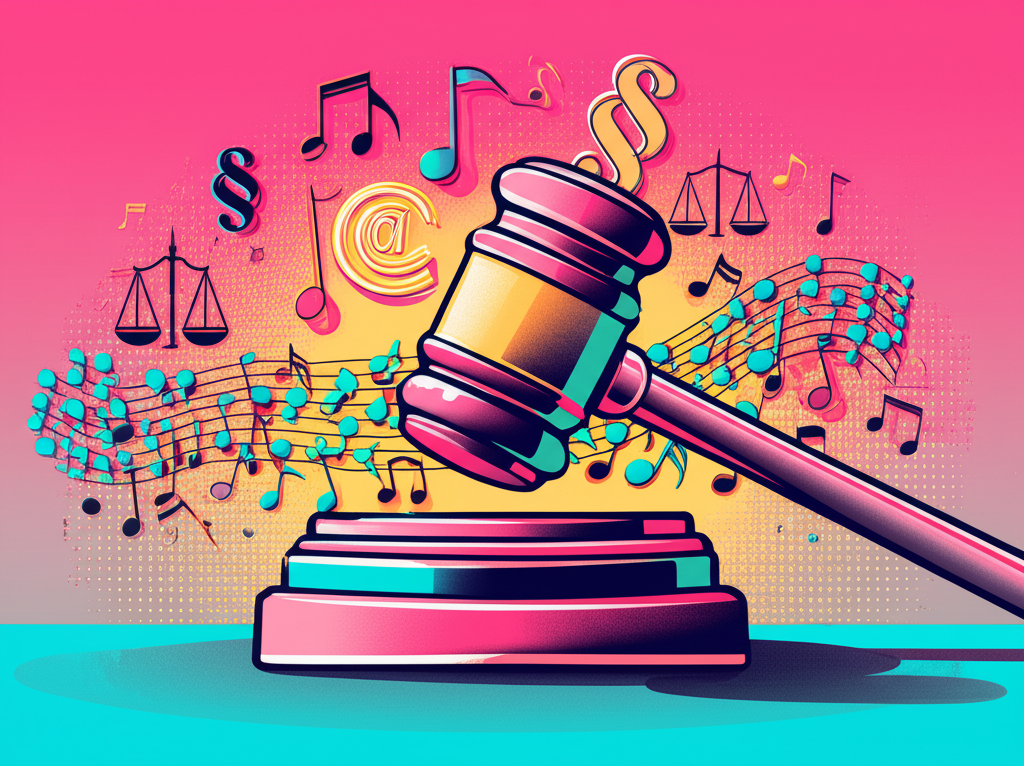
CASE 1: Katy Perry VS Flame (2018)
In 2019, Katy Perry faced a copyright lawsuit when the Christian rapper Flame alleged that her song Dark Horse infringed on his track Joyful Noise. The jury initially ruled in Flame's favor, awarding him $2.8 million in damages. Although Perry eventually won her appeal, the case highlighted how creators often face expensive and lengthy litigation over intellectual property disputes.
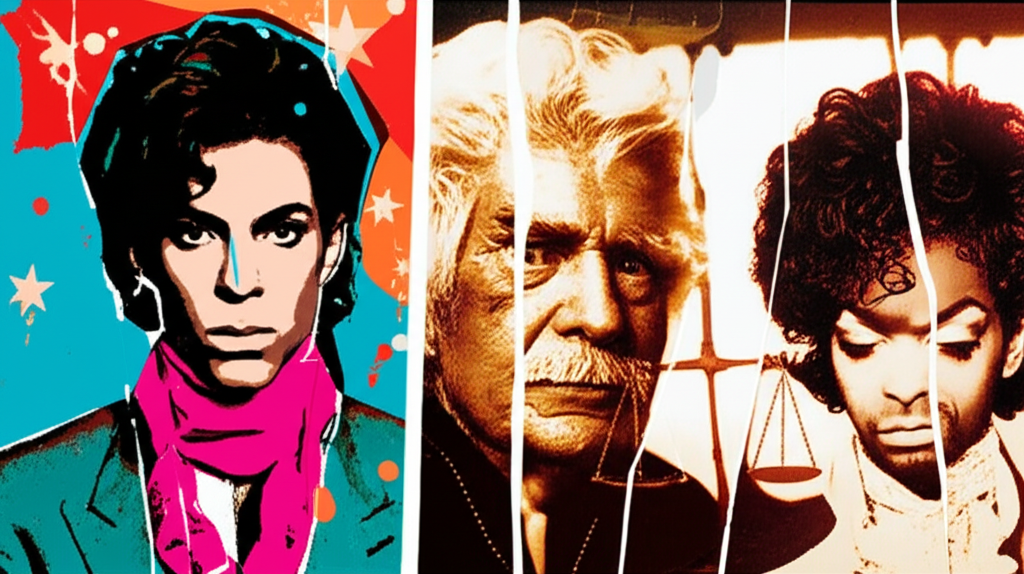
CASE 2: Andy Warhol Foundation VS Lynn Goldsmith (2022)
The estate of artist Andy Warhol was sued by photographer Lynn Goldsmith over his unauthorized use of her photo of Prince in his artwork. The court ruled in favor of Goldsmith, emphasizing the importance of obtaining proper permissions even when content is transformed artistically.
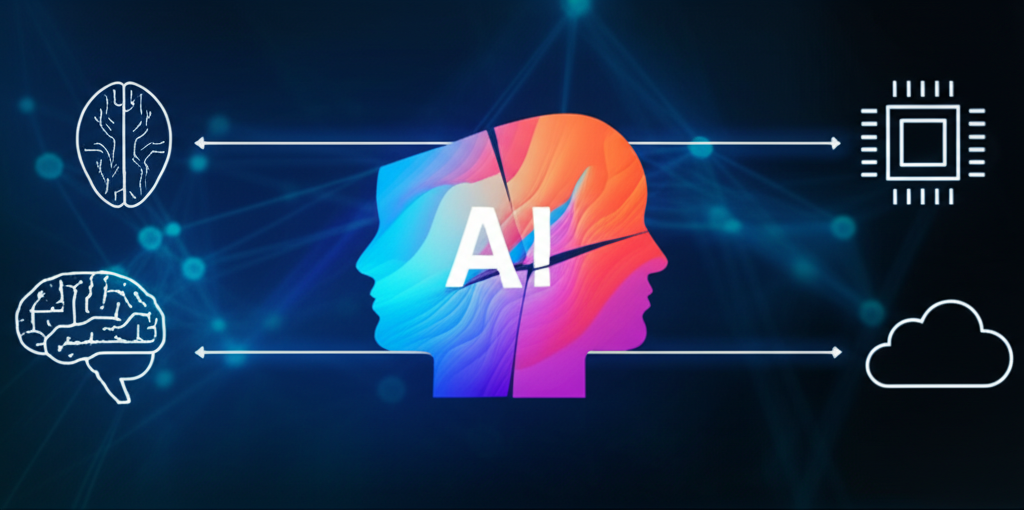
CASE 3: AI-Generated Artwork Ownership Disputes
As AI-generated art becomes more prevalent, ownership disputes have emerged between AI developers, users who prompt the AI, and artists whose work was used to train the AI. These cases highlight the need for clear ownership frameworks in the age of artificial intelligence.
How Blockchain Can Mitigate These Risks
1. Establishing Ownership Through NFTs
Blockchain technology uses non-fungible tokens (NFTs) to provide a digital certificate of ownership and authenticity for creative works. When a video, script, or movie is created on MyRealDream.ai, it can be minted as an NFT, ensuring:
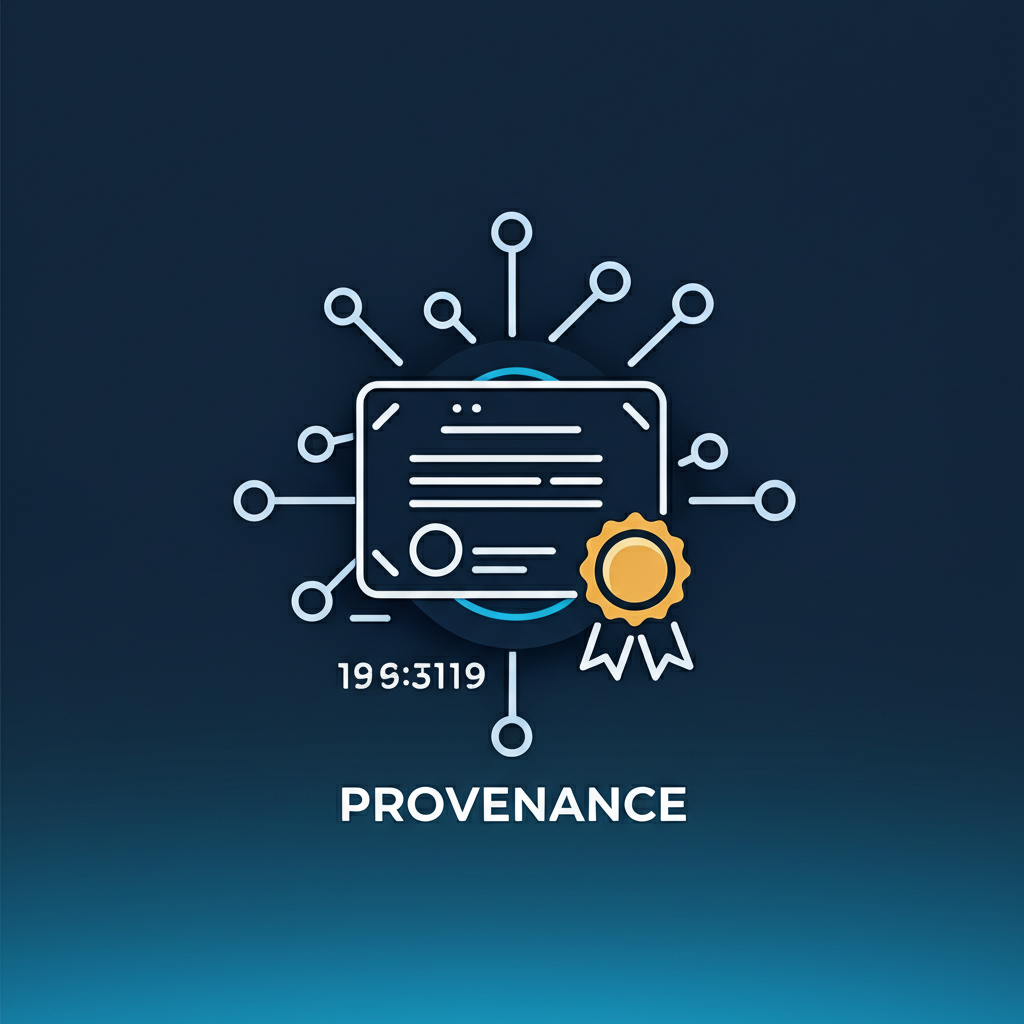
Provenance
The blockchain records the origin of the content, proving ownership and creation.

Tamper-Proof
Once an NFT is minted, it cannot be altered or duplicated.

Transferability
Ownership can be securely transferred while maintaining a transparent record of transactions.

Verification
Anyone can verify the authenticity and ownership history of the content.
2. Automated Smart Contracts
Smart contracts on the blockchain automate licensing and royalty payments, ensuring that creators are compensated whenever their content is used. For example, if a ShortReel video is reused for commercial purposes, the creator automatically receives royalties.
- Automatic royalty distribution to all contributors
- Transparent payment history stored on the blockchain
- Customizable licensing terms encoded in the smart contract
- No need for intermediaries or collection agencies

3. IP Protection for Scripts and Movies
Scripts, documentaries, and full-length movies created on MyReelDream.ai are also minted as NFTs. This prevents unauthorized use and establishes clear ownership. If a script is pitched to a producer, its NFT ensures that the original creator is credited and compensated.

4. Preventing Plagiarism
Blockchain's immutable ledger provides a public and verifiable record of who created what, reducing the chances of plagiarism or false claims of ownership.
What is an NFT and How Does It Work?
Definition of an NFT
An NFT, or non-fungible token, is a unique digital asset stored on a blockchain. Unlike cryptocurrencies like Bitcoin, NFTs are unique and cannot be exchanged on a one-to-one basis.
How NFTs Work
Minting
When creative files (like audio or artwork) is created, it is uploaded to a blockchain and minted as an NFT.
Metadata
The NFT contains metadata such as the creator's name, creation date, and a link to the content.
Ownership
The creator is recorded as the original owner, and this information is permanently stored on the blockchain.
Transfer
Ownership of the NFT can be transferred through blockchain transactions, ensuring transparency and security.
Use of NFTs at MYREELDREAM
Video
Each ShortReel video can be minted as an NFT, ensuring it is unique and protected.
Scripts
Scripts for documentaries, movies, and series are minted as NFTs, establishing clear ownership.
Collaboration
When multiple creators work on a project, NFTs can be used to track contributions and distribute royalties fairly.
Conclusion
The combination of AI and blockchain technology offers a powerful solution to the challenges of intellectual property protection in the digital age. By leveraging NFTs and smart contracts, MYREELDREAM ensures that creators maintain ownership of their work, receive fair compensation, and can confidently share their creativity with the world.
As we continue to innovate at the intersection of AI and blockchain, we're not just building a platform for content creation—we're establishing a new paradigm for creative rights management that empowers creators and fosters trust in the digital ecosystem.
Related Articles

Token Launch: Revolutionizing Fundraising in the Digital Age
Discover how token launches are transforming fundraising for startups and how MYREELDREAM is leveraging this approach for creative independence.
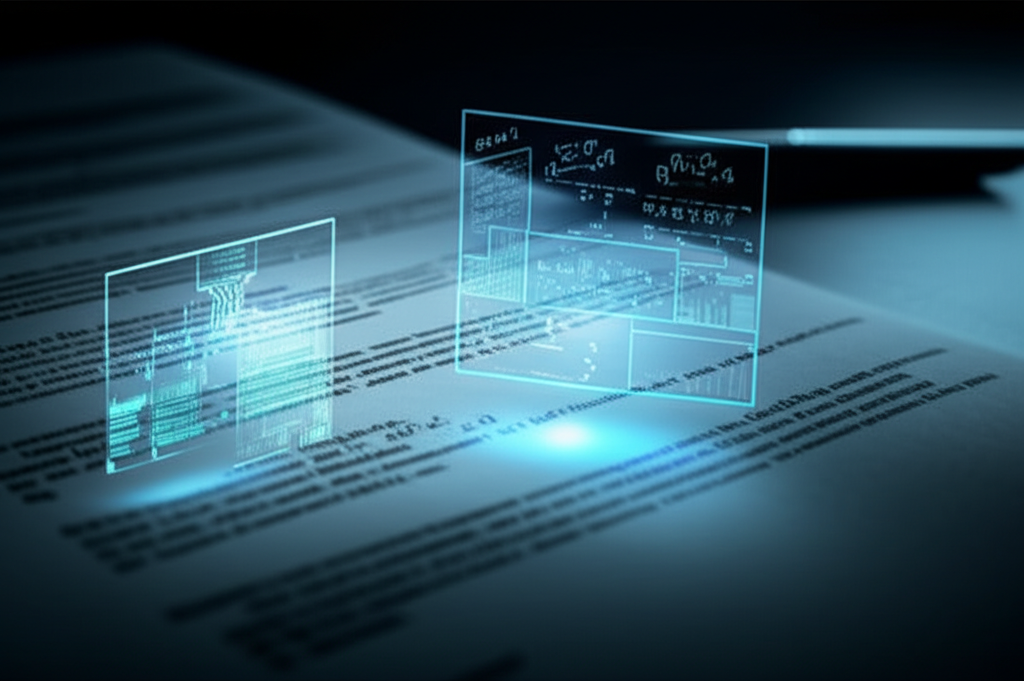
Mastering Scriptwriting with AI and Timeless Structures
Learn how AI technology and traditional script structures can be combined to create compelling stories that resonate with audiences.
Subscribe to Our Newsletter
Stay updated with the latest articles, tutorials, and industry insights from MYREELDREAM.